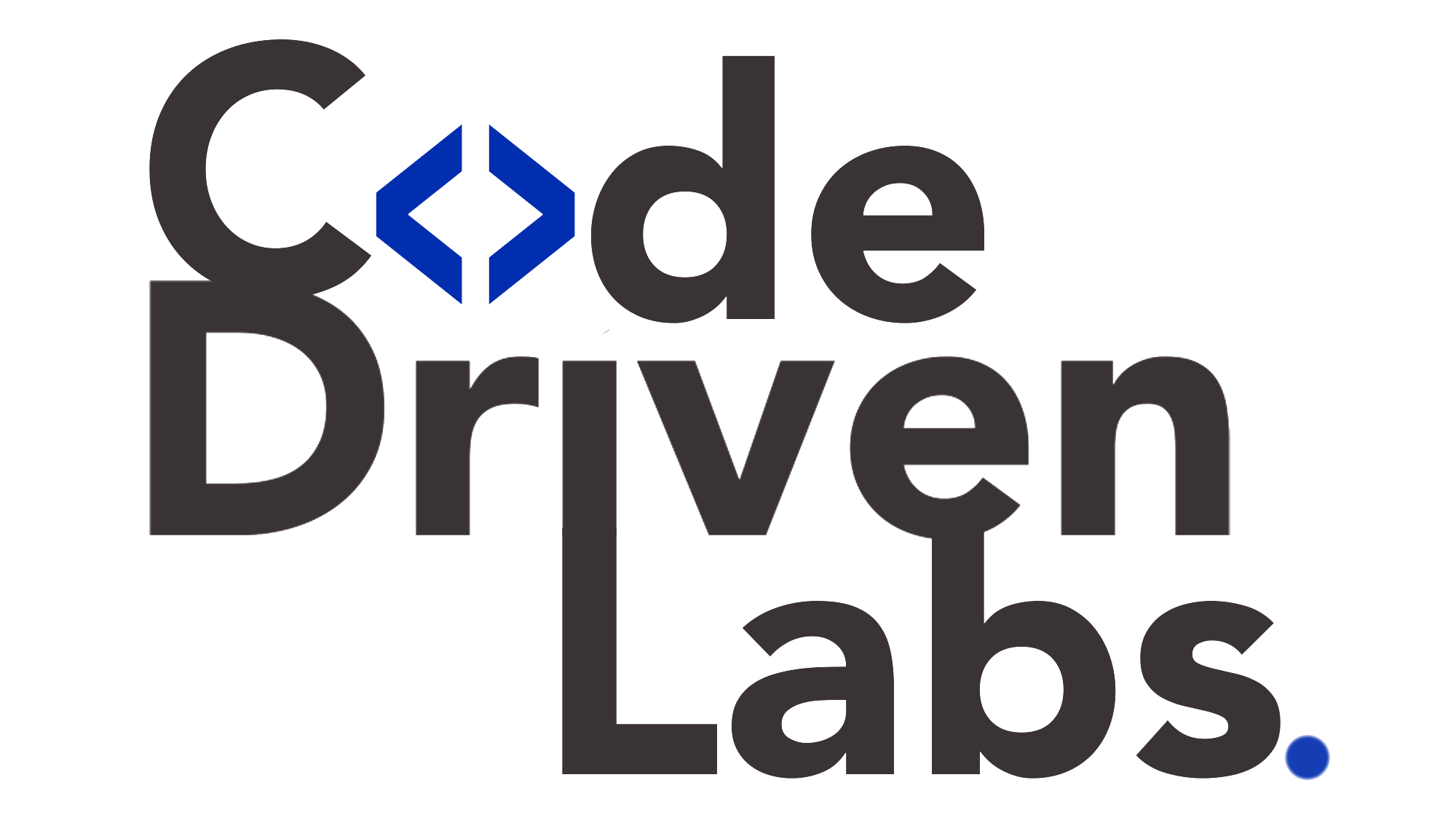Level up your business with US.
- Home
- The Future of Data Engineering in the Age of AI : Beyond Pipelines
The Future of Data Engineering in the Age of AI : Beyond Pipelines
August 6, 2025 - Blog
The field of data engineering is undergoing a seismic transformation. Traditionally focused on building and maintaining data pipelines, data engineering is now stepping into a broader, more impactful role—driven by the explosive growth of artificial intelligence (AI), machine learning (ML), and real-time analytics. As we move forward, it’s clear that the future of data engineering lies beyond pipelines. It involves enabling intelligent systems, automating infrastructure, and driving innovation with platforms like code-driven labs.
In this blog post, we explore the evolution of data engineering, the influence of AI on the field, and how code-driven labs are shaping the future of data infrastructure and experimentation.

1. The Traditional Role of Data Engineering
Historically, data engineers have been the architects of ETL (Extract, Transform, Load) processes. Their primary responsibility was to design, build, and maintain the infrastructure required to move and store data across systems. Pipelines were often handcrafted and tightly coupled to specific data sources or platforms.
Key responsibilities included:
-
Designing scalable data pipelines.
-
Ensuring data quality and integrity.
-
Managing data warehousing solutions.
-
Supporting analysts and data scientists with clean, accessible data.
While these tasks remain essential, the landscape is rapidly changing.
2. The Age of AI and the Expansion of Data Engineering
Artificial intelligence has transformed the demands on data infrastructure. Models need more than just static historical data—they require real-time, high-quality, and richly contextualized data streams.
Here’s how AI is expanding the scope of data engineering:
a. Real-Time Data Pipelines
AI-powered applications like recommendation engines, fraud detection systems, and autonomous agents require real-time insights. Traditional batch pipelines can no longer meet the latency requirements of modern AI systems.
This shift is pushing data engineers to implement:
-
Streaming architectures using Apache Kafka, Apache Flink, or Spark Structured Streaming.
-
Event-driven systems to capture dynamic user behavior.
-
Data mesh architectures to decentralize data ownership.
b. Feature Engineering and Feature Stores
Data engineers are now involved in feature extraction, transformation, and management—tasks traditionally handled by data scientists. This includes the use of feature stores that provide consistent, versioned features for training and inference.
c. MLOps and Continuous Integration for AI
Data engineers are becoming key players in MLOps (Machine Learning Operations)—enabling the continuous delivery of models through automated pipelines that manage versioning, testing, deployment, and monitoring of both data and models.
3. From Code-First to Code-Driven: The Rise of Code-Driven Labs
In the age of AI, static dashboards and manual scripts are not enough. Teams need to experiment rapidly, prototype pipelines, test algorithms, and deploy scalable solutions. Enter the era of code-driven labs.
What Are Code-Driven Labs?
Code-driven labs are collaborative, cloud-based environments where data engineers, scientists, and analysts can write, test, and deploy code in an integrated, modular, and scalable way. Think of them as the fusion of:
-
Version-controlled notebooks
-
Scalable compute infrastructure
-
Real-time data access
-
Built-in observability and governance
Examples include platforms like Databricks, Snowflake’s Snowpark, or more customized internal environments built on top of Kubernetes, Git, and open-source tools.
4. Benefits of Code-Driven Labs for the Future of Data Engineering
a. Rapid Experimentation
In a code-driven lab, data teams can spin up environments instantly, access live data, and prototype pipelines or models with minimal overhead. This agility is critical for AI-driven organizations where iteration speed is a competitive advantage.
b. Infrastructure as Code
Gone are the days of manually provisioning infrastructure. Code-driven labs enable infrastructure-as-code practices, allowing engineers to define their data pipelines, compute clusters, and configurations declaratively.
This enables:
-
Repeatability
-
Reproducibility
-
Easier debugging
-
Collaboration across teams
c. Scalable and Modular Design
Modern data systems are complex. Code-driven labs promote modular development with clear interfaces between data ingestion, transformation, validation, modeling, and visualization.
This design philosophy enables:
-
Reusability of components
-
Parallel development
-
Better observability of system behavior
d. Built-In Versioning and CI/CD
Code-driven labs integrate with Git and CI/CD systems to automate testing, validation, and deployment. Data pipelines can be version-controlled just like software code. This promotes a culture of:
-
Test-driven development (TDD)
-
Safe experimentation
-
Easier rollback and auditing
e. Enhanced Collaboration
Data engineering is increasingly a team sport. Code-driven labs offer shared environments where engineers, analysts, and scientists can work together without friction. They support:
-
Shared context
-
Inline documentation
-
Commenting and review workflows
All of this reduces miscommunication and accelerates delivery.
5. The Convergence of Data Engineering and Software Engineering
The future of data engineering will blur the lines with software engineering. Data engineers will be expected to:
-
Write robust, maintainable code
-
Implement microservices for data access
-
Design APIs for data and feature consumption
-
Embrace DevOps and observability tools
Code-driven labs are critical in this convergence—they embed software best practices into the heart of data engineering.
6. Challenges to Address
As the role of data engineering evolves, teams will need to address several challenges:
a. Skill Gaps
The shift towards AI, real-time data, and code-driven labs requires upskilling traditional data engineers in:
-
Python/Scala
-
Distributed systems
-
Cloud-native architectures
-
DevOps practices
b. Governance and Security
With more code and experimentation comes the need for strong data governance, security policies, and access control. Code-driven labs must offer role-based access, data lineage, and audit trails.
c. Cost Optimization
Real-time systems and cloud infrastructure can become expensive. Engineers will need to monitor resource usage, optimize compute, and design cost-efficient architectures using tools like:
-
Auto-scaling
-
Spot instances
-
Query optimization
7. The Future: Data Engineering as a Strategic Driver
The future of data engineering will not be defined by pipelines alone. Instead, it will focus on:
-
Enabling intelligence at scale
-
Automating decisions with data
-
Building adaptive, resilient architectures
-
Collaborating with AI systems
Code-driven labs will play a pivotal role in this transformation. They enable engineers to move beyond reactive data plumbing into proactive, strategic innovation.
8. Final Thoughts: Preparing for the Road Ahead
To stay relevant and impactful in the next decade, data engineers must:
-
Embrace AI-native infrastructure.
-
Adopt code-driven lab environments for agility and scalability.
-
Learn modern software development practices.
-
Prioritize real-time, modular, and composable system designs.
Data engineers are no longer just pipeline builders—they are intelligence enablers. The future belongs to those who can think in systems, experiment in code, and scale with purpose.
